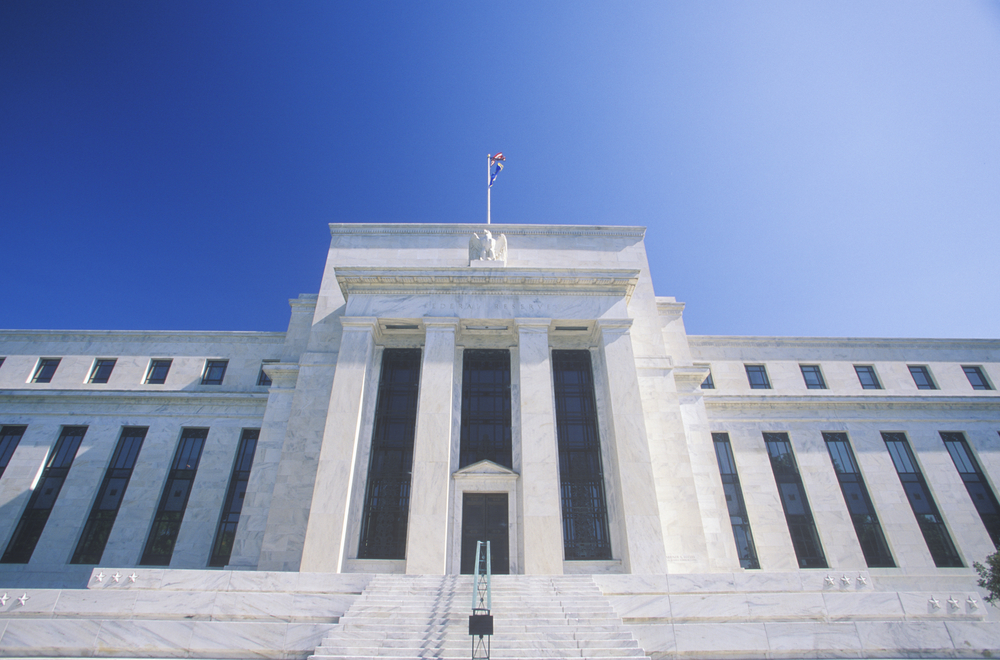After Liftoff, a Lull
With the recent market turmoil and the plunge in oil prices, as well as no meaningful evolution in economic conditions, the Fed’s decision today was not difficult to make.
Lower oil prices and weak global economic growth would make the Fed more cautious about its tightening policy. The second interest rate increase in March has become unlikely. The Fed decided at today’s meeting to keep the target for the federal funds rate unchanged at a range of 0.25 percent to 0.50 percent.
Let’s take a look at the new economic data that has been released since December 16-17, which the Federal Open Market Committee has closely monitored.
- Gross domestic private business investment fell 0.4 percent in the third quarter of 2015, compared to the second quarter. This is the first quarterly decrease since the fourth quarter of 2012.
- Industrial production fell 0.9 percent in November and was down by 0.4 percent in December.
- The housing market showed positive signals. About 5.5 million existing homes were sold in December, compared with 4.8 million in November. Housing prices continued to rise.
- Labor market conditions continued to improve. While the unemployment rate stayed unchanged at 5.0 percent, 292,000 jobs were added in December, up from 252,000 in November.
- Personal consumption expenditures grew by 0.3 percent in November from October, after staying unchanged in October from September.
- The consumer price index was down 0.1 percent in December from November, but it was mainly due to the decline in oil prices. The core CPI grew 2.1 percent in December from 12 months ago. The personal consumption expenditure price index, the Fed’s favored gauge of inflation, was barely changed in its growth in December.
All in all, business investment and industrial production showed a slowdown in December, but it was mainly driven by the energy industry. The housing and labor markets both showed positive signals in recent months. Despite the market turmoil, consumers seemed to be able to overlook the market volatility. Consumption increased and consumer sentiment improved. Last but not least, core inflation stayed on its path.
This data shows no meaningful evolution in economic conditions since the Fed’s last meeting in December. So the Fed did not surprise me, or more importantly, the market.









